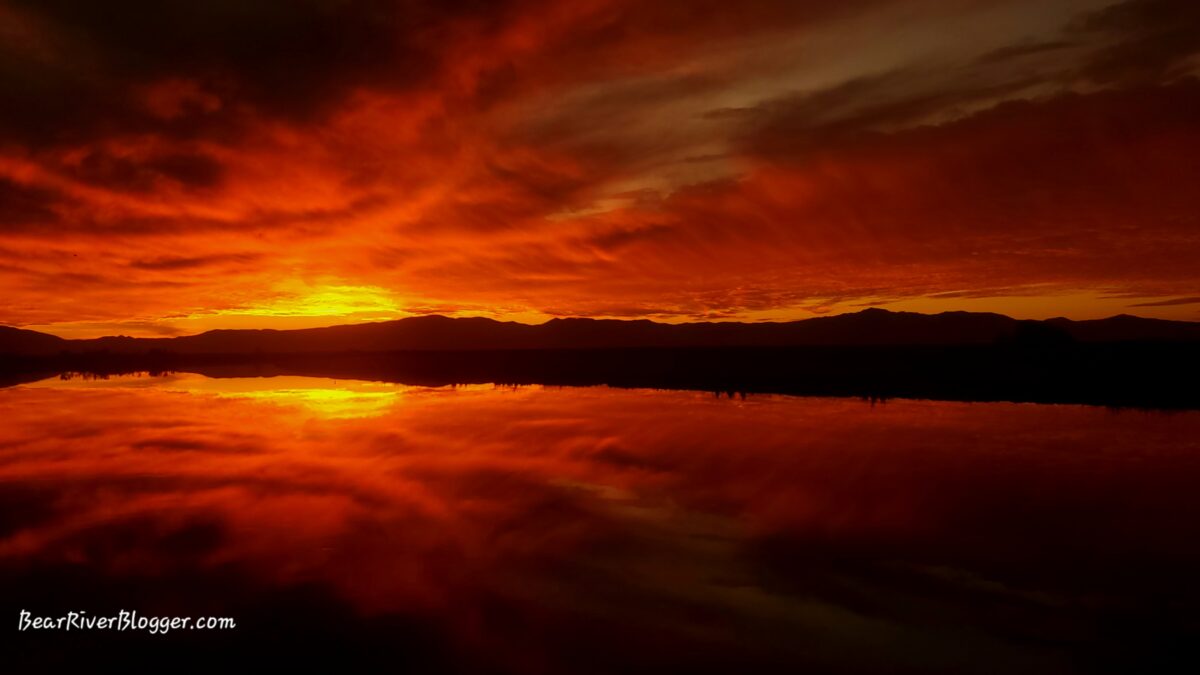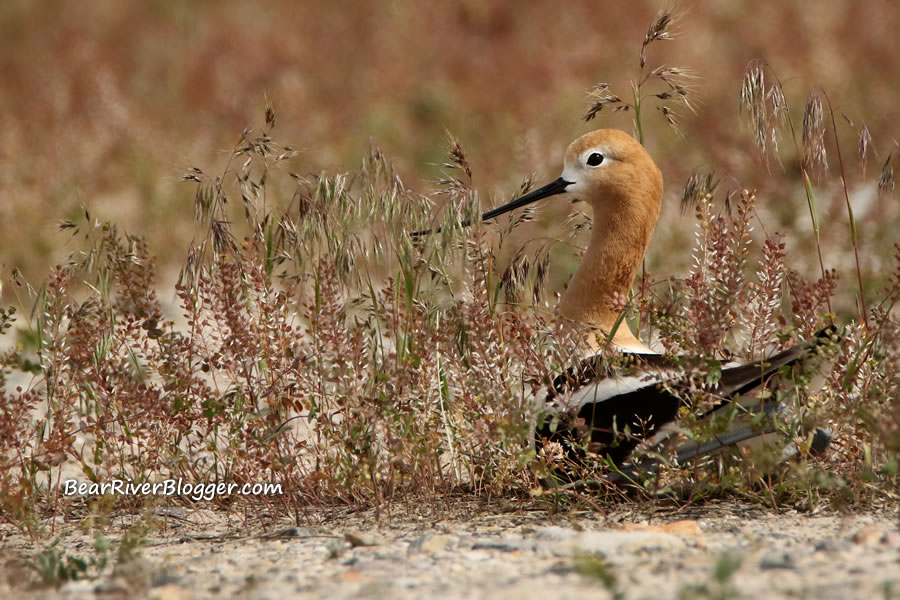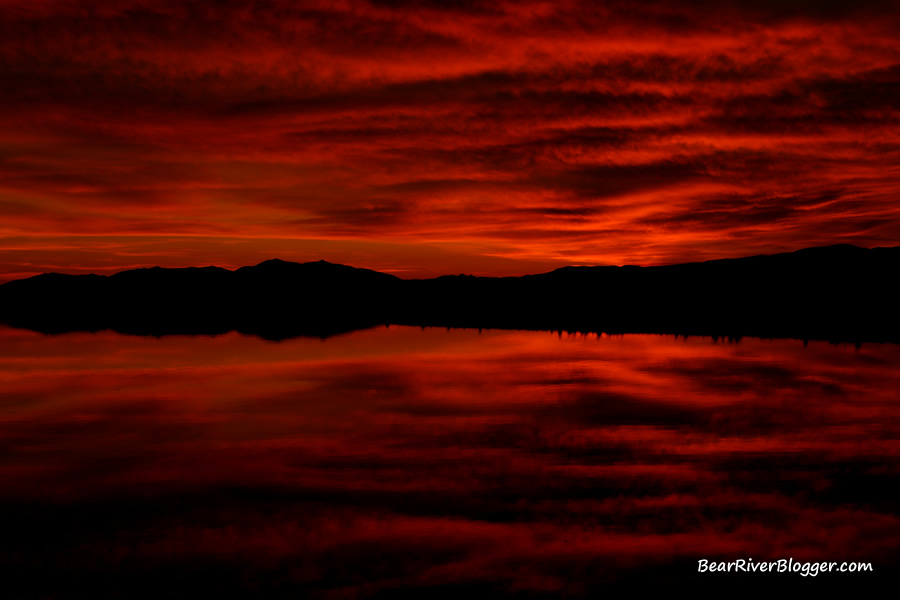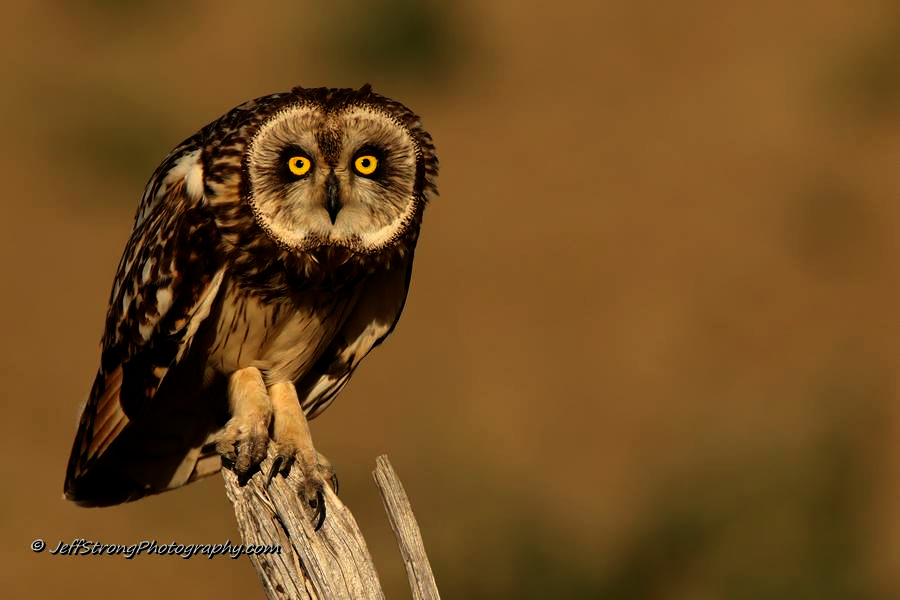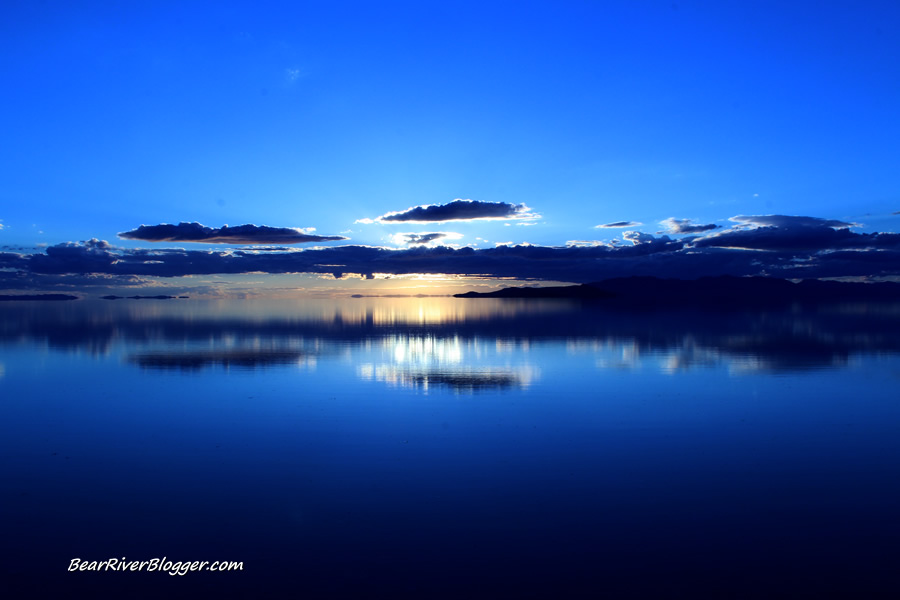If you follow my Bear River Blogger Facebook Page, and I most certainly hope you do, it will become quite clear I love to photograph sunsets and sunrises on the Bear River Migratory Bird Refuge almost as much as the variety of birds it supports throughout the year.
This is particularly the case when there is glass-smooth water nearby casting a mirror image back at me of this mesmerizing natural phenomenon.
There is something so peaceful, so serene about photographing a grand sunset that lights up both the sky above and the water below in a perfectly symmetrical reflection of colorful, vibrant cloud shapes.
A couple of evenings ago I had that exact opportunity as one of the most spectacular sunsets I’ve ever seen occurred on the Bear River Migratory Bird Refuge and, fortunately, I arrived with my camera in the nick of time to photograph it.
The interesting thing is, however, despite having a total of three cameras with me the best sunset images from that night were photographed with my phone and, as such, the resulting images are what I’m using in this particular blog post to show even your camera phone can take great sunset photographs.
Regardless of what camera you have on hand at the time, the secret to taking great sunset or sunrise photographs is, simply put, to slightly underexpose the image, in other words darkening the photo by allowing less light to be captured by the camera sensor.
If you have a camera that allows you to change its functional settings and affect the image exposure, many camera phones have that ability nowadays, start by slightly underexposing the photograph to help enhance the color by either increasing the shutter speed, lowering the ISO, closing the aperture, or some of all three if needed, it all just depends on the current lighting situation you are faced with.
I say ‘slightly underexpose’ because if you underexpose the image too much you will lose the much-needed detail in the image by capturing it far too dark for even the best editing programs to recover.
In situations where there is no water or not even a slightly interesting foreground to be had, I sometimes will greatly underexpose the image, purposely over-darkening it to really bring out some vibrant colors in the sunset but, however, you will lose a lot of detail when you do this so it is a case by case situation when it can be successfully applied or not.
When photographing sunsets over water and a complete reflection is present, set the rule of thirds aside for the time being and place the horizon right in the middle of the image to capture equally both the sunset and the glistening reflection below.
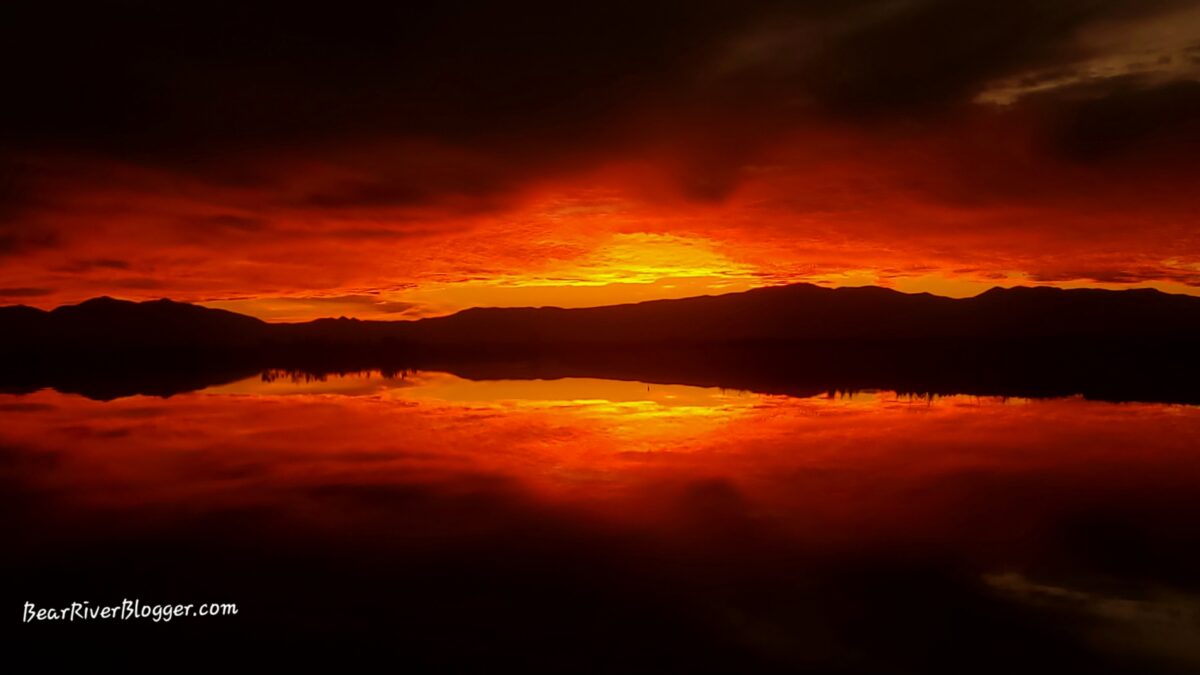
This is actually one of the few situations in which I will almost always suggest ignoring the tried and true photography concept of the rule of thirds and just split the image in the middle with the horizon, but it only seems to work when the reflection is a full mirror image of the sunset like it was a few days ago on the bird refuge.
Keep your ISO as low as you can to reduce any unwanted camera noise in the image as it seems to show through more often on darker images.
A setting of 100 ISO is the best for sunset and sunrise photography but I will go up to 800 if I don’t have a tripod and I need to keep the shutter speed fast enough to photograph the scene hand-held.
Typically, I prefer to photograph sunsets on a tripod with one of my DSLR cameras and not my phone for one simple reason, optical zoon lenses are substantially better than digital zoom lenses so when I have the option to use one of my Canon DSLR cameras on a sunset, I almost always will do so.
(A Simple Tip For Photographing Sunsets. For short nature photography tips and interesting stories about the natural world around us, subscribe to our Bear River Blogger channel on YouTube for videos and updates from our travels while out in nature, both on and off of the famous Bear River Migratory Bird Refuge.)
Having the ability to zoom in and out with an optical wide-angle lens makes it much easier to properly compose the image and an 18-55mm zoom lens is what I use to photograph sunsets most of the time but I have been known to use bigger lenses on occasion.
I’ve even photographed sunsets with my 600mm Tamron lens in certain situations when I couldn’t position myself where I wanted to be or the sunset was just too small for a wide-angle lens to capture without a lot of empty space needing to be cropped out later.
It’s not talked about very often but the simple trick to more vibrant, colorful sunset and sunrise images is to underexpose the image.
There is no need to buy lens filters or do a lot of image editing afterward because it is pretty simple to capture a great sunset photograph by working with some of the camera settings as you take the picture and that, by itself, is the true art of photography, being able to capture a great scene with just the camera and not having to rely on extensive post-editing or even blending multiple images into one later on.
If you love nature and enjoy taking pictures of the wildlife and scenic landscapes that are all around us, I offer you to sign up for email notifications for future blog posts where we share our passion for nature through photography and the written word.
